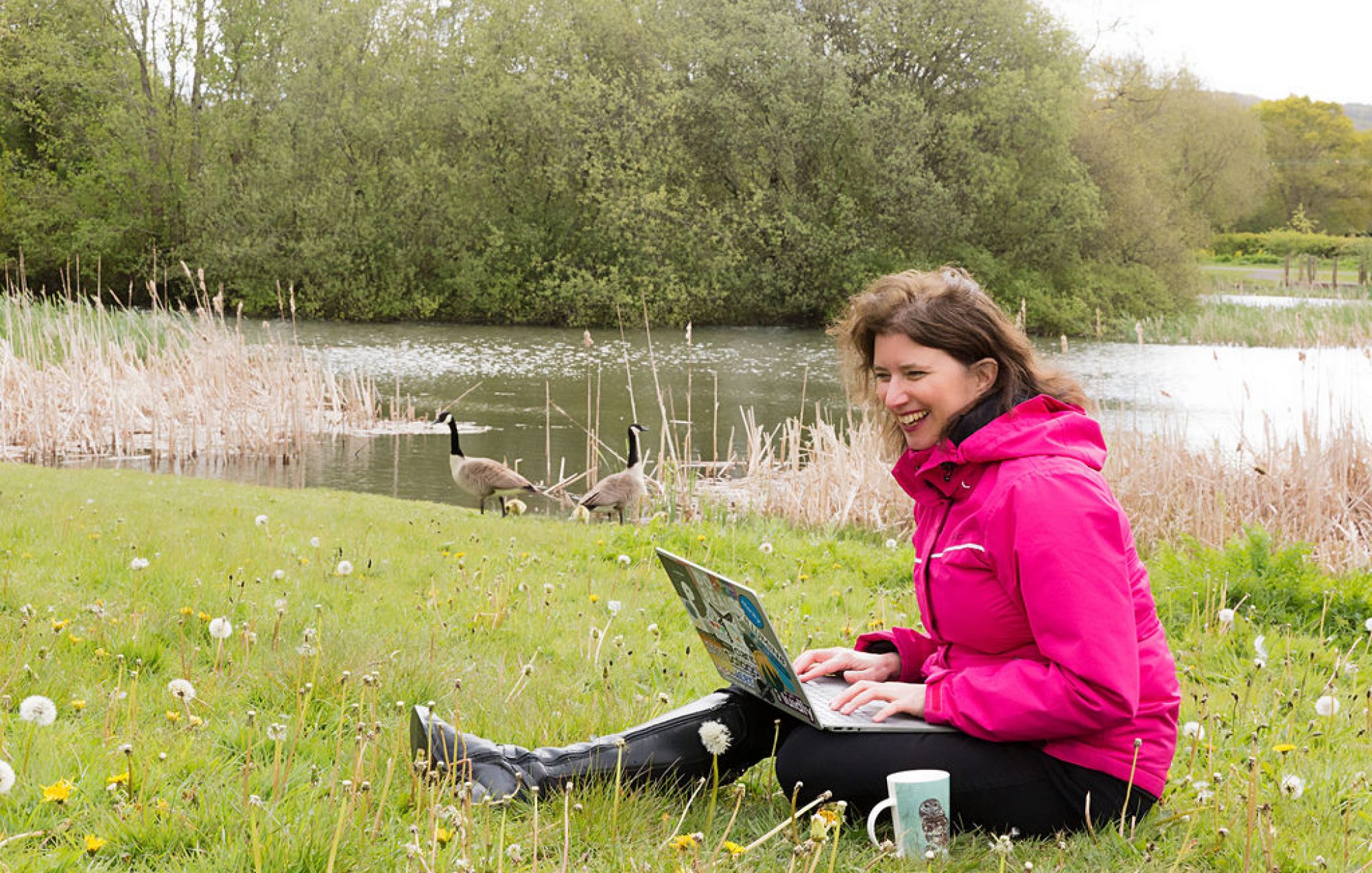I’m both a business coach and an athletics coach. In the past I’ve also held coaching qualifications for swimming and football (technically I still do as they are old enough to predate the requirement for expiry dates). That means that I work with fabulous people to improve what they are already doing. There are a number of coaching techniques that I use for both.
Observational analysis – I watch the athlete or business and report back on what I have seen and how this affects their performance. This might be a strange running technique or it may be that they are working too many hours. Some of this may be known to the athlete/businessperson but some of it may be new.
Notational analysis – this brings out the numbers geek in me. I like to compare progress over time and, whilst no two businesses are the same, it is sometimes helpful to benchmark against industry norms. As a runner myself I know that you can’t beat the feeling of a PB (Personal Best).
Performance profiling – I check the various parts of their performance to see what they are doing well and what needs work. When coaching runners this may be breaking down their arm action and, when coaching business owners, this might be
Technique – sometimes it’s enough to know what to do but sometimes you need somebody to explain how to do it step by step. This information can come from a mixture of qualification and experience. In athletics we have certain drills to improve different aspects of technique and the same in business.
Demonstration – In athletics this can be delivered by the coach, another athlete or a video. For some reason the business world classes this as mentoring rather than coaching but I am fortunate to be able to cover this too thanks to my experience founding and growing two businesses of my own as well as managing a number of other SMEs up to board level.
Goal setting – Agreeing on the overall objectives and for the current season. These should be enough to stretch you but not so much that they overwhelm you.
Accountability – There are always exercises to be done between coaching sessions. As a coach I make sure that everything is completed as agreed unless there is a good reason not to have done it.
Motivation – Whether preparing for a race or growing your business it is important to have somebody in your corner who believes in you and who will be cheering you on. Throughout the pandemic I have had to do far more of this than usual to help business owners produce their best performance.
If you’d like to find out more about our individual or group coaching then book a call. (Sadly, non-elite athletics clubs are closed for a little longer)
